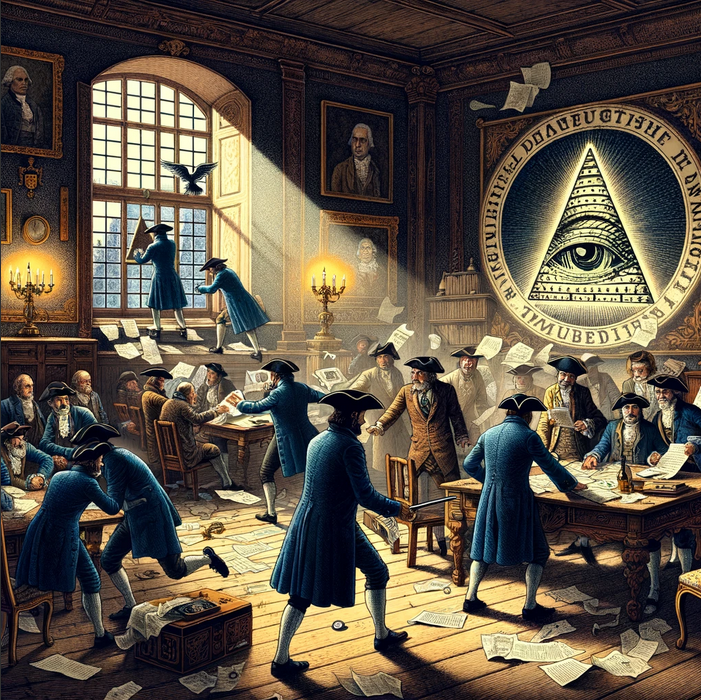The Illuminati: History and Mythology Unveiled
Introduction
The Illuminati, a name that conjures images of secret societies, covert operations, and the manipulation of global events, has its origins deeply rooted in the Enlightenment era of Europe. The group’s formation, rise, dramatic fall, and subsequent mythologization offer a fascinating case study in the interplay between historical fact and myth, and how this interplay influences contemporary culture.

The Formation of the Illuminati
In 1776, in the heart of Bavaria, Adam Weishaupt, a professor at the University of Ingolstadt, established a group initially called the Order of the Perfectibilists. The society was renamed the Illuminati soon after, a term that epitomized the enlightenment ideals it sought to promote. Weishaupt, inspired by his profound engagement with Enlightenment philosophy, aimed to cultivate a society that could operate within the shadows to advocate for secularism, rational thought, and the restructuring of societal norms away from the rigid controls of religious and monarchical power.
The Society’s Objectives and Expansion
The primary goal of the Illuminati was to infiltrate influential positions within society—government, academia, the postal service, and even other secret societies like the Freemasons. This strategic insertion was not aimed at immediate control but was instead a long-term plan to gradually promote Enlightenment values, which were considered radical at the time.
By embedding themselves within the Freemasons, the Illuminati could leverage a well-established network to further their objectives. This method of operation allowed them to expand quickly and discreetly, reaching a membership that included notable intellectuals and societal leaders across various European regions.

The Downfall of the Illuminati
The rapid expansion and secretive nature of the Illuminati eventually led to their downfall. In 1784, the Elector of Bavaria, alarmed by reports of a shadowy group undermining royal authority, issued edicts that led to the arrest of many members and the seizure of their documents. These documents revealed extensive plans for societal reformation, which, although never actualized, were enough to stir panic and lead to the society’s banishment in 1785.
The Mythologization of the Illuminati
Post-disbandment, the legend of the Illuminati began to take shape, fueled by fears of their supposed continued existence and their behind-the-scenes influence. In 1797, publications in England erroneously credited the Illuminati with masterminding the French Revolution, thereby amplifying their perceived power. This portrayal tapped into broader European anxieties about the stability of existing social orders following the upheavals of the late 18th century.
The Illuminati in Modern Media and Culture
Today, the Illuminati are often featured in movies, books, and conspiracy theories, where they are depicted as a ubiquitous and powerful cabal. This modern depiction is a significant departure from the Illuminati’s actual historical role as a relatively small and short-lived group. The transformation from a historical footnote into a powerful modern myth highlights the public’s fascination with the idea of hidden forces controlling societal events.
Conclusion
The story of the Illuminati is a compelling reminder of how history can be shaped by both the facts and the fictions we believe. It serves as an example of how myths can overshadow historical realities, particularly when they play into widespread fears and cultural narratives. As we continue to explore such enigmatic topics, the line between historical fact and myth remains intriguingly blurred, challenging us to question and critically evaluate the sources of our understanding of the past. This exploration not only enriches our knowledge of history but also informs our perception of modern societal dynamics and the power of narrative in shaping cultural consciousness.
